
The History of Pin-Ups
It is daring but never explicit. She is flirtatious but fiercely independent. She's erotic but still fit for the job, a welcome sight for your teenage cousin and prudish mother. She's the Pin-up , an all-natural American cutie, created to win the adoration of men all over the country.
You'd know her if you saw her — the rosy cheeks, bouncy curls, hourglass figure ⌛ and penchant for themed lingerie are all clues that don't give away — but how exactly did she appear? Join us on a journey through time and discover the origins of the pin-up with the help of the new book " The Art of the Pin-up ". It’s a peculiar journey, one that overlaps with both women’s liberation and the objectification of women along the way. Our story begins, oddly enough, with the invention of the “safety bicycle” in the 1800s .
Early 1800s: the bicycle
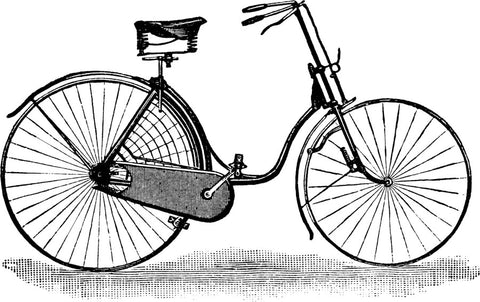
Here's a little background before we dive into the story. " Safety bicycles ", 🚲 as they were called, caused great excitement among Western women in the early 19th century when they were introduced. Doctors and ministers denounced the new pedal vehicles, saying the bouncing harmed women's "fragile insides" and that the friction of the seat risked "arousing" them. For suffragettes, however, the bicycle was the " freedom machine ", freeing women from the bonds to a male escort.
Early 1800s: women wear breeches
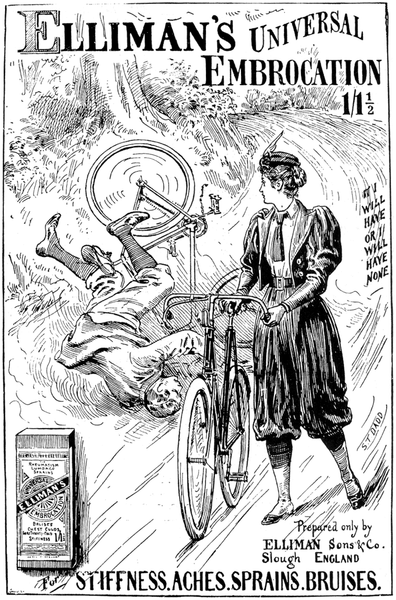
Soon after the arrival of bicycles, women abandoned their petticoats and layered skirts in favor of bloomers and boots. This small change in fashion revealed women's legs and bodies in mainstream culture like never before. Women were both more masculine and more sexual . Things were getting interesting.
1889: The first calendar... for girls
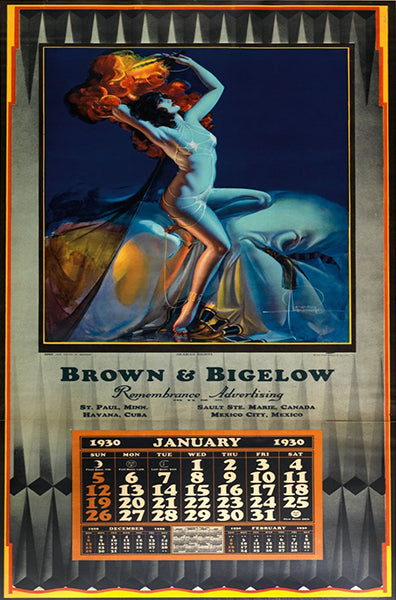
Thomas Murphy and Edmond Osborne print the first calendar with advertisements beneath the images. The concept was inspired; the calendars in fact guarantee an entire year of advertising space . The first calendar, with an image of George Washington, was not very successful, which is not surprising. In fact, the calendar market did not recover until 1903 and the release of the first women's calendar , entitled " Cosette ". 📅
1895: The "Gibson Girl"
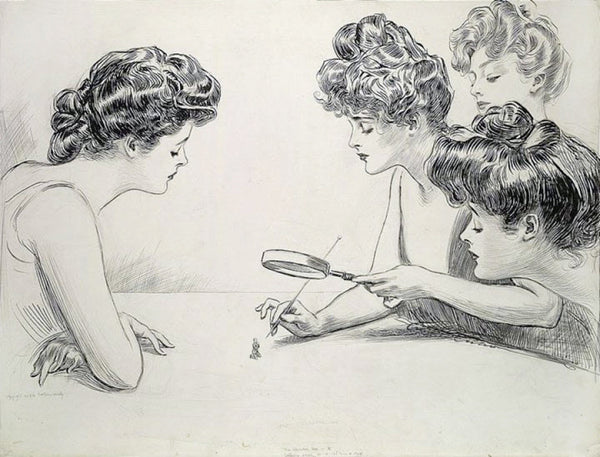
Charles Dana Gibson , an illustrator for Life magazine, shook up women's fashion with his cover illustrations of full-breasted women with hourglass busts, dark hair, and full, full lips . Inspired in part by Gibson's wife and her family, this national icon became known as the Gibson Girl, a girl America loved, known for her combined sensuality and independence. She was, in a sense, the first " dream girl", inaccessible except to hang her photo on the wall ("pin-up girl").
1895-1932: artists imitate the Gibson girl
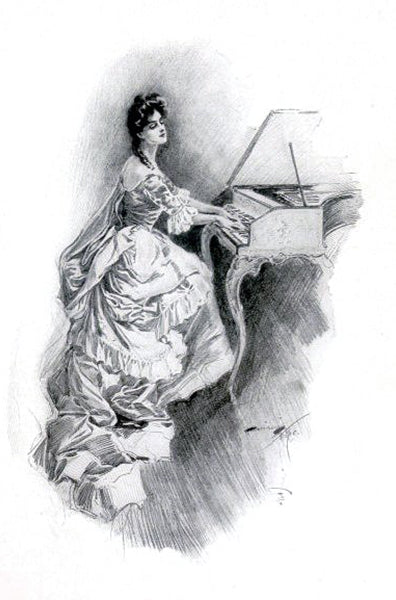
After the success of Gibson Girl, many other magazines followed Life's lead . Howard Chandler Christy created the Christy Girl for The Century magazine in 1895, and Harrison Fisher's Fisher Girl appeared on the covers of Puck Magazine and Cosmopolitan from 1912 to 1932. All the women were equally beautiful and "distant" . 💋
1917: Pin-up propaganda
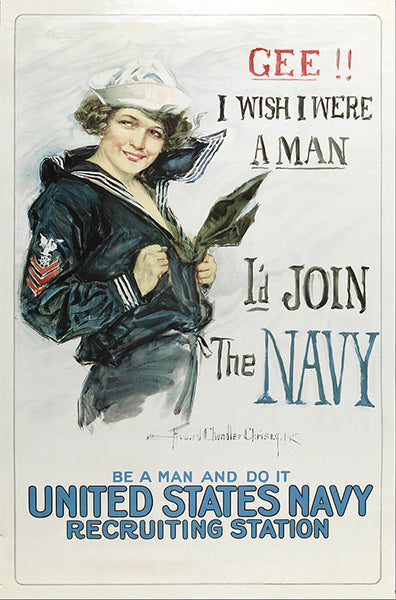
During World War I, U.S. President Woodrow Wilson formed the Division of Pictorial Publicity to foster patriotism and inspire new troops to fight. One of the main trophies of these posters were attractive women , often dressed in sexy military outfits and announcing messages like "Gee, I Wish I Was A Man Man. I'd Join the Navy." I wish I was a man! I'd join the Navy.] and "Be a Man and Do It." [Be a man and do it]. Not the most subtle.
1920s: The Roaring Twenties
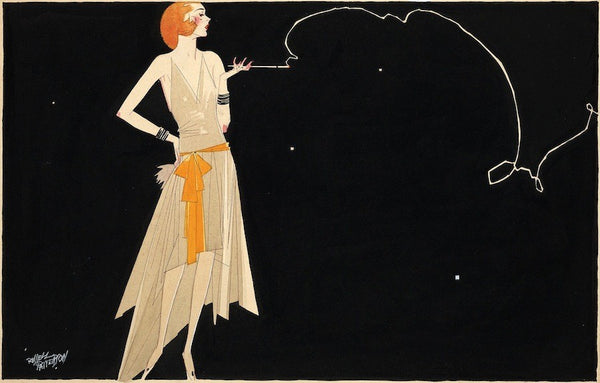
With their partners off to war, women of the 1920s relished freedom and weren't about to let it slip away. The Jazz Age brought with it cropped hemlines , moonshine, curly hair, and a heightened sense of youthful rebellion . The generation of liberated “ flappers ” were wild, free, and eager to show a little skin . Artists like Rolf Armstrong responded to this trend, dressing his pin-ups in an even lighter fashion.
1940s: Psychologically perfected propaganda
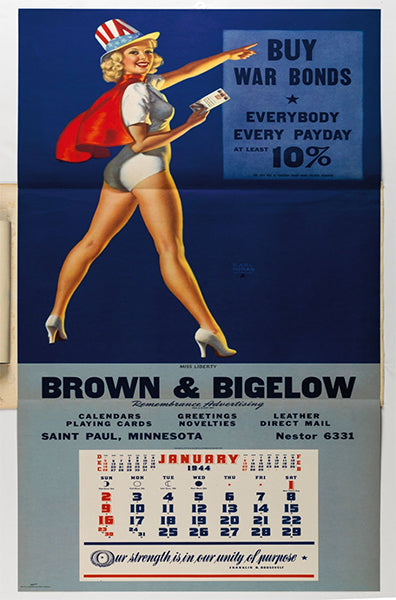
World War II was the high point of pin-ups, carefully designed by the American administration to boost troop morale by presenting an all-American vision of the beauty that lay ahead: the girls worth fighting for . to fight . These pin-up photos were found stuck inside barracks, hung in submarines and slipped into soldiers' pockets .
1950s: People realize that sex sells
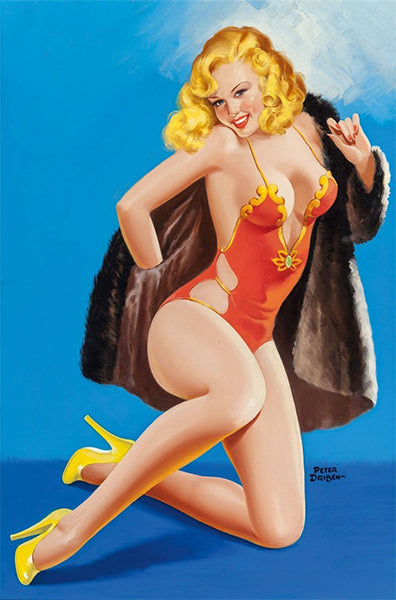
Soon, the erotic tactics employed in war advertising were extended to all advertising , as was first done on Madison Avenue in the 1950s and 1960s.
1953: Birth of Playboy 🐇
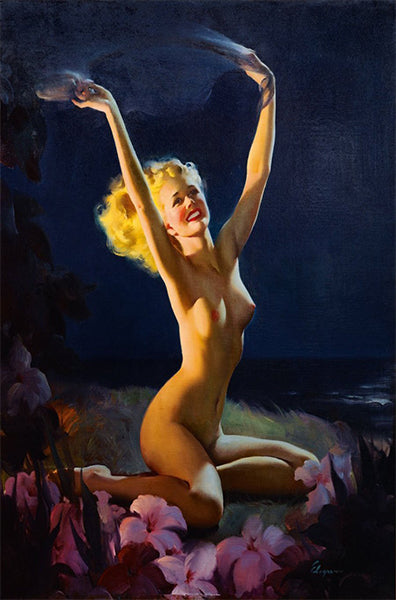
Hugh Hefner launched his famous nudity magazine , using pin-ups as his muse, while being aware that the future of the female image lay in photography . By 1955, most magazines looked more like Playboy than the pin-up covers so popular a decade earlier. Once the popularity of the magazine surpassed that of the pin-up, the need to preserve women's innocence was no longer as pressing. The pictures were not above the bed, but in the garage. For the record, Playboy's first playmate was none other than Marilyn Monroe , as we had already covered in our top 12 famous pin-ups .
1978: the beginnings of the collection
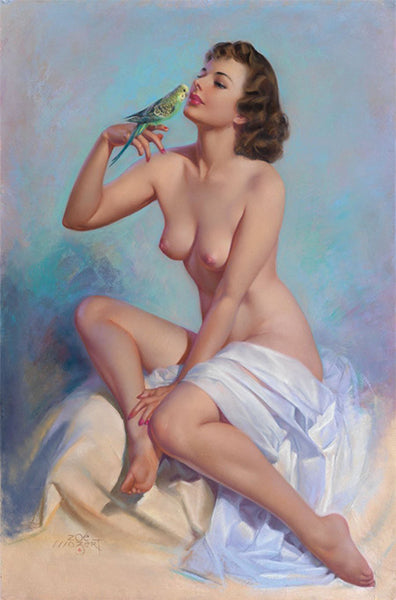
Just as pop culture in general was losing interest in pin-ups, Charles Martignette was finally old enough to buy them. Martignette, who became interested in pin-ups at just eight years old, purchased his first work at age 27 and spent the 1980s buying everything he could . This obsessive amassed a collection of 4,300 pieces of pin-up art . 🎨 They were stored in warehouses and never exhibited.
1980s and 1990s: Pin-ups act as artists

Pin-ups emerged from their neglected state thanks to an exhibition organized by Louis Meisel in 1982 and the publication of "The Great American Pin-up" in 1996.
2008: The collection disperses
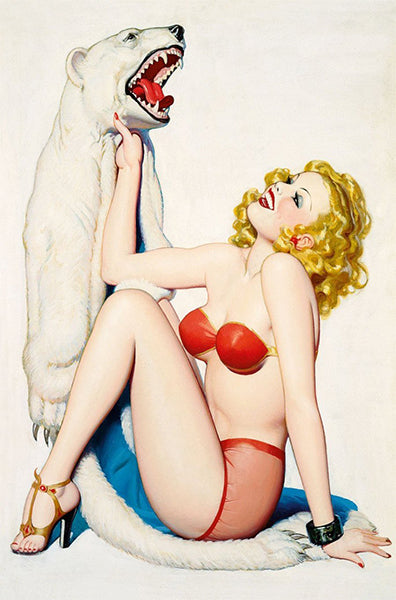
Martignette died suddenly of a heart attack in 2008. His vast collection of 4,300 pieces was then passed to the Heritage Auctions in Dallas, Texas. It took 12 auctions over four years to dissolve the enormous collection, the largest surviving collection of original pin-up art . The pin-ups were removed from the warehouse and free to exist as they had always been, that is, where they could be pinned (in English, "pin-up girl" means: "girl pinned [to the wall]"). 📌
The modern pin-up: Dita Von Teese
Nowadays, the pin-up style is brought back into fashion in the field of fashion, in magazines or by artists in general. The splendid and sensual Dita Von Teese has made it her artistic identity . 🤩

The pin-up style, a new modern trend
Currently, the modern pin-up style is particularly distinguished by classy and refined clothing in bright colors. This gives a very feminine , original and distinguished appearance. In short, it combines the best of retro and present to give women an unparalleled look. Unfortunately, there are not many experts in modern vintage fashion, especially on the internet.
However, after multiple analyzes in search of the ideal vintage fashion site , only one particularly stood out in this area: Vintage & Styles . When we discover it for the first time, we notice how quantity and quality go hand in hand: we will find vintage dresses , swimsuits and even sublime vintage shoes .
Not far from only offering you products, the site offers you a very complete blog , notably containing superb articles, for example on how to become a pin-up .
In short, Vintage & Styles is quite simply THE French reference for modern vintage fashion . Go check it out !
Pin-ups and decoration
Due to their elegance and sexy appearance, pin-ups are very popular in retro decorations , where they are most often available invintage metal plates . At Planète-Vintage , we offer you a lot of products related to these pretty, liberated and refined girls, like this splendid Marilyn Monroe clock.



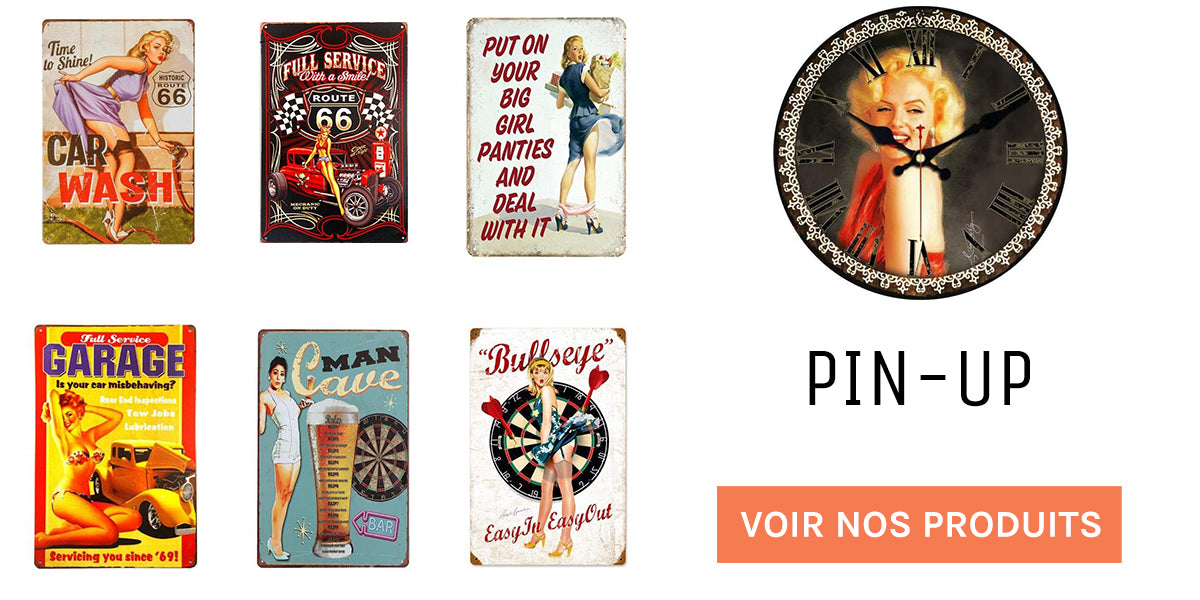
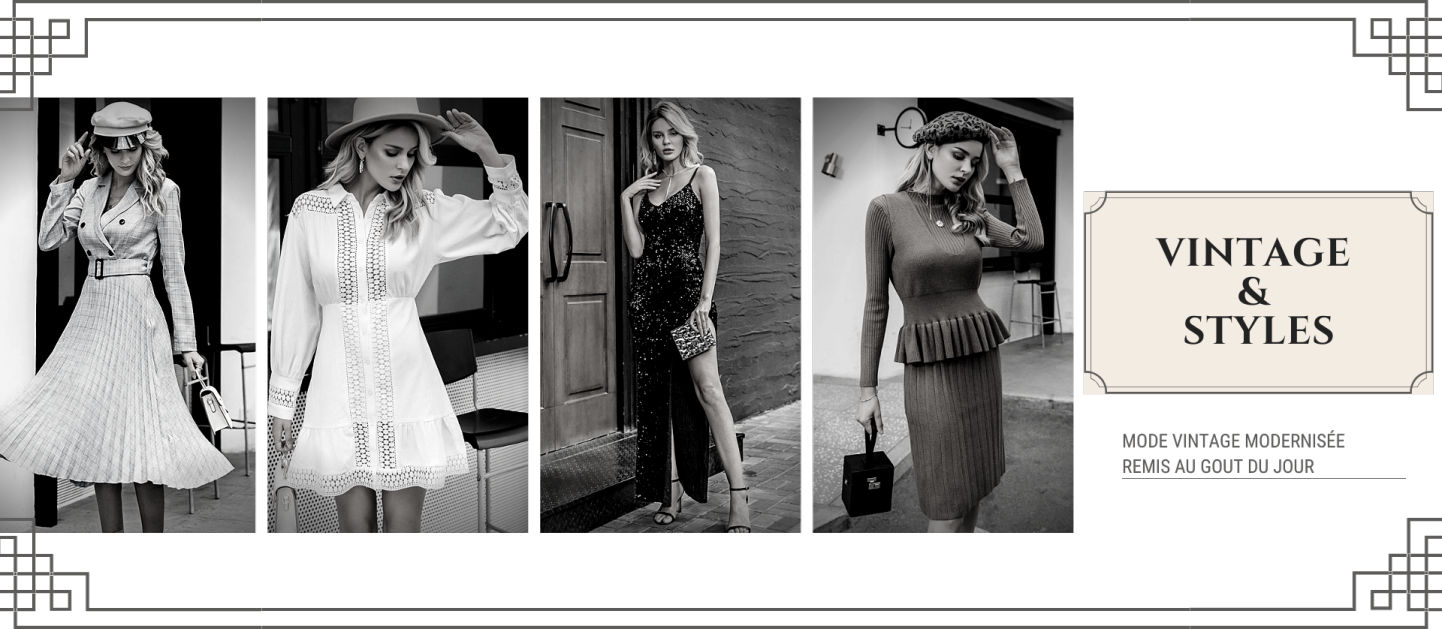
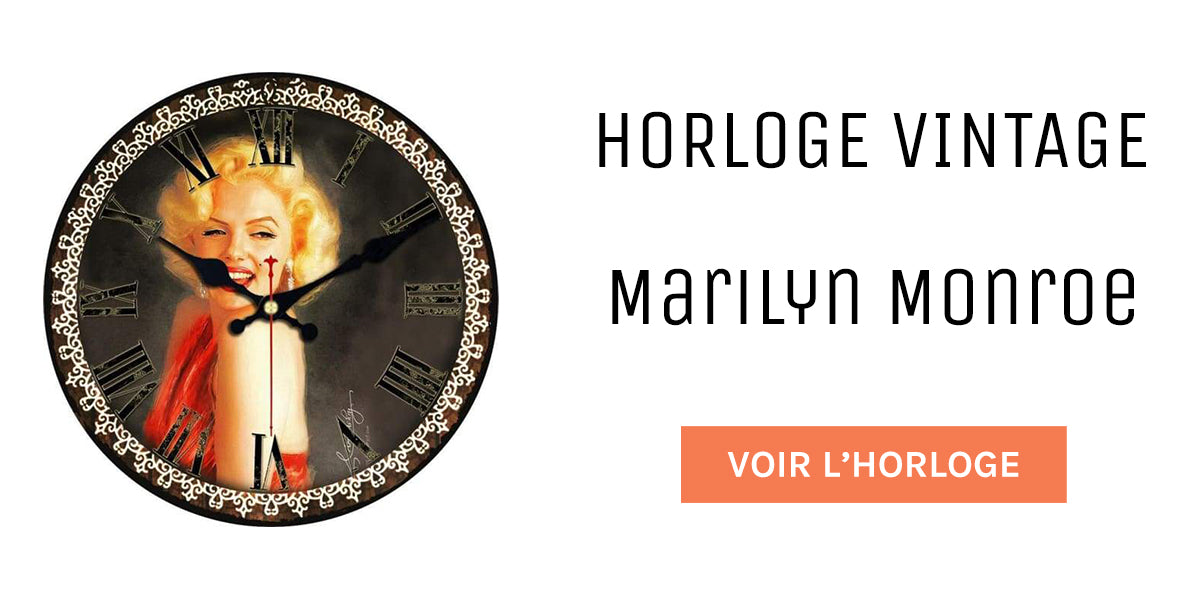






Leave a comment